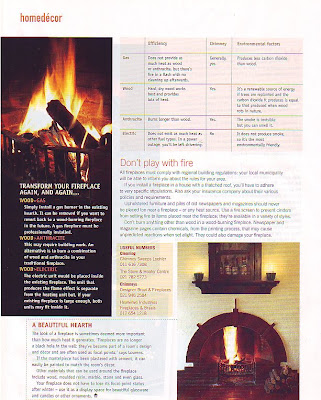for Eloquence magazine, October 2009

Woland’s sublime and sometimes unsettling images of fashion grace the glossy pages of international magazines. Yet, his entrance into the world of fashion photography started simply – with snapshots.
“I became interested in photography at the end of 1997, because of a woman I used to like. She was an artist and she liked the snapshots I used to take of her. But she didn’t like me, so in the end I dropped the girl and kept the camera,” Woland recounts.
Woland’s snapshots soon turned into something a bit more substantial. His style evolved into something that is inspired by a sense of incommunicability and conveys a feeling of discomfort and alienation. Far from the young snapshot-taker he started out as, Woland now tells a story with his photos.
Instead of following the orthodox route to becoming a photographer, like enrolling in a photography course, Woland studied basic photography manuals, exhibits and photographic books by great photographers.
“My Saturday afternoons were mostly spent browsing and absorbing style from those pages. Over the years, I realised I spent more money on photographic books than equipment.”
At first, Woland was interested in portrait photography. For a while, he studied under one of Italy’s leading portrait photographers, Fredi Marcarini. “He took me under his wing and I started working as his assistant for a while.”
Woland’s first shoot was for the Italian men’s luxury magazine, Monsieur in 2004. “This marked my entrance to the world of professional photographers.”
But soon Woland realised his natural inclination wasn’t to shoot portraits.
“My sensitivity was driving me to shoot fashion because in my approach to the subject, the importance of the atmosphere and the mood I was creating was overwhelming the importance of the personality in front of my lens.”
He stayed in Rome a while longer, shooting for the fashion pages of leading Italian and British magazines. But by the end of 2006 he again realised it was time for a change.
“I realised Rome was a ‘fashion corpse’ and I moved to Tallinn, Estonia, one of the new up-and-coming, most dynamic little capitals in northern Europe, where I found a sizzling and ambitious pre-crisis atmosphere.”
This atmosphere is what Woland wanted. He describes Talinn as a photographers dream as it is welcoming and facilitating to photographers. This is probably why Woland is now based in Tallinn.
Tallinn might provide a comfortable working environment for a photographer, but Woland still deals with the challenges facing artists – to always be inspired and suggest something new to his audience, while keeping a unique style. Although Woland prefers not to compare himself to other photographers, he knows what makes his work stand out.
The inspiration for his uncomforting images can come from anything, he says: “Photobooks, magazines, a fountain, a song on the radio, a sunset painting a tree in gold, a novel, a movie”. The list goes on. But ultimately these inspirations culminate in one concept for Woland – whether it’s visualising a fashion story for an editorial shoot, or trying to tie together the core values of a product in a single shot – his visuals are based around a sense of alienation.
“My models are like little girls in a red dress who got lost in a dark forest covered in snow: they are scared and confused by the hostile white environment, but at the same they are attracted by the unknown and the freedom this gives, and they walk in the forest being aware to be the prettiest creatures of the forest, but also the most visible, innocent prey.”
District 9

And like the alien’s strange predicament, District 9 is first alien movie of its kind. And it has enjoyed international box office success since its release earlier the year.
“The movie fluctuates between something that feels like a film and something that feels bizarrely real,” says Neill Blommkamp, director and co-writer of District 9. Blommkamp teamed up with Peter Jackson, director of Lord of the Rings and King Kong, who produced the movie.
Stranded in South Africa for 20 years now, the aliens have been treated with suspicion by the local human population. They are segregated from the human’s in camps and their treatment echoes of South Africa’s apartheid past.
While the world’s nations argue over what to do with the alien ‘problem’, a South African company, Multi-National United (MNU), try find a way to make the alien’s weaponry work. In the meantime they start evicting the aliens from District 9. Wikus van der Merwe (Sharlto Copley) is a MNU field agent working on the evictions.
“He’s an ordinary guy who likes to wield power in a bureaucratic way,” says Copley. But when Wikus contracts a virus that starts to turn him into an alien, the MNU’s game plan drastically changes. He becomes their new target as his alien DNA holds the key to making the weaponry work.
Now, District 9 is the only place Wikus can hide.
District 9 opens at cinemas in South Korea on October 17th.
www.eloquence.co.kr












